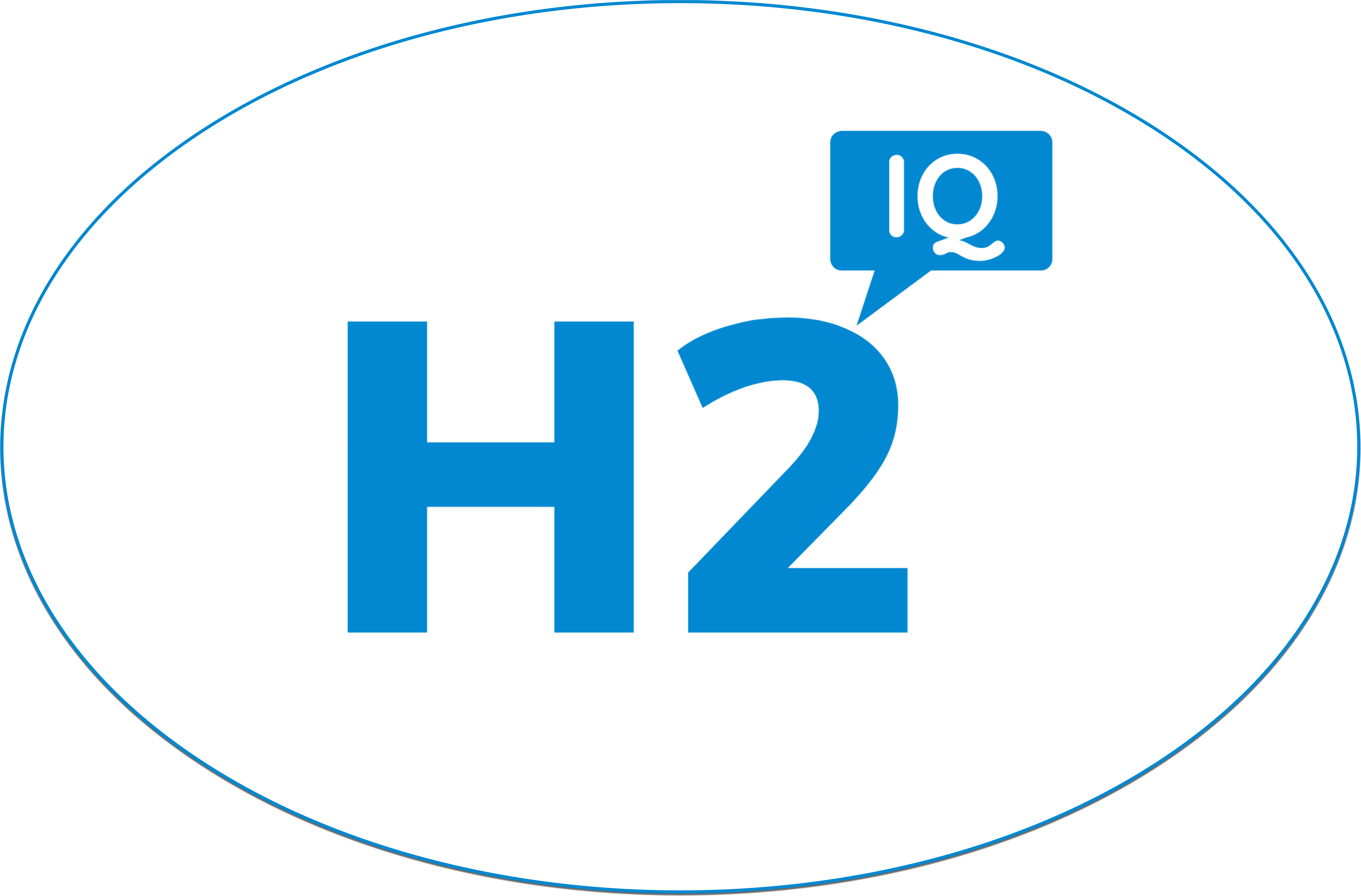Calculate power requirements for power to power peak mobility charging
By Daniela Fortino, researcher and writer for H2iQ.org
In the pursuit of sustainable and efficient energy solutions, businesses and industries are increasingly turning towards an innovative approach known as Power-to-Power (P2P). This method integrates renewable energy sources like solar, wind, or hydroelectric power to generate hydrogen through electrolysis, which is then converted back into electricity during peak demand times. This process, particularly crucial in powering battery-operated vehicles such as forklifts, cars, delivery vans, trucks, and buses, represents a significant stride in eco-friendly energy practices. Use this online calculator to estimate your hydrogen generation needs, your energy needs, and compare the value of the cost of hydrogen made through electrolysis versus bought and delivered as a liquid.
The P2P Process: A Glimpse into the Future of Energy
The Power-to-Power system is a cyclical process comprising several key steps:
- Renewable Energy Generation: Solar panels, wind turbines, or hydroelectric dams capture natural energy, converting it into electrical power. This stage is critical as it harnesses clean energy sources, reducing dependence on fossil fuels.
- Hydrogen Production via Electrolysis: The electricity generated from renewables is used to power an electrolysis unit. In this process, water is split into hydrogen and oxygen. The hydrogen, a versatile energy carrier, is stored for later use, while oxygen is released into the atmosphere.
- Hydrogen Storage: Hydrogen is stored under high pressure or through other methods like metal hydrides or liquid hydrogen. This step is crucial for ensuring a steady energy supply, especially during periods without sufficient sunlight, wind, or water flow.
- Electricity Generation on Demand: During peak energy demand, stored hydrogen is fed into stationary fuel cells. These fuel cells convert hydrogen back into electricity, which is then used to charge electric vehicles (EVs) and other battery-powered equipment.
- Powering Electric Vehicles and Equipment: The final step sees the electricity being used to charge a range of electric vehicles, from forklifts in warehouses to buses and trucks in transportation fleets. This not only reduces the carbon footprint of these vehicles but also contributes to a more sustainable energy ecosystem.
Advantages of Power-to-Power Systems

- Reduced Carbon Footprint: By using renewable energy sources, P2P significantly cuts down on greenhouse gas emissions compared to traditional fossil fuel-based systems.
- Energy Independence: This system reduces reliance on external energy sources, particularly fossil fuels, promoting energy security and independence.
- Efficient Energy Utilization: P2P maximizes the use of generated energy, storing excess energy in the form of hydrogen for later use, ensuring a consistent power supply.
- Support for Electric Transportation: As businesses and cities transition to electric vehicles, P2P systems provide a reliable and sustainable way to power these vehicles, aligning with global carbon reduction goals.
Challenges and Considerations
While promising, the Power-to-Power system faces several challenges:
- High Initial Costs: The initial investment for renewable energy infrastructure, electrolysis units, and fuel cells can be substantial.
- Maintenance: The cost to maintaine the system is highly dependent on stack life.
- Storage and Safety Concerns: Hydrogen storage requires careful handling and robust safety measures.
- Efficiency Losses: Each step in the process, from electrolysis to electricity conversion, involves some energy loss, which can affect overall efficiency.
Calculator
Conclusion
Power-to-Power systems, utilizing renewable energy sources to generate and store hydrogen for electricity production, present a transformative solution in our journey towards sustainable energy. Although there are challenges, the potential benefits of reduced carbon emissions, energy independence, and support for the growing electric vehicle market make P2P an exciting and viable path for businesses and industries. As technology advances and costs decrease, P2P could become a cornerstone of our energy future, driving us towards a cleaner, more sustainable world.
Daniela is a journalist and blogger with extensive writing experience in the renewable energy sector. Her insights into sustainable business practices have been invaluable to industry leaders and policymakers alike.





